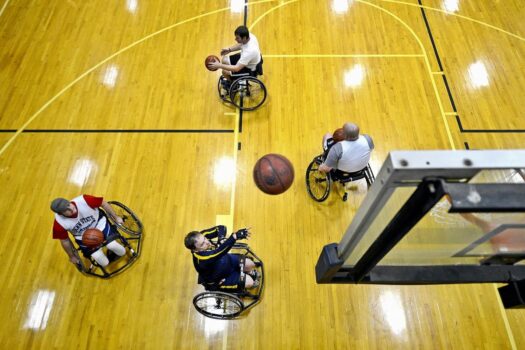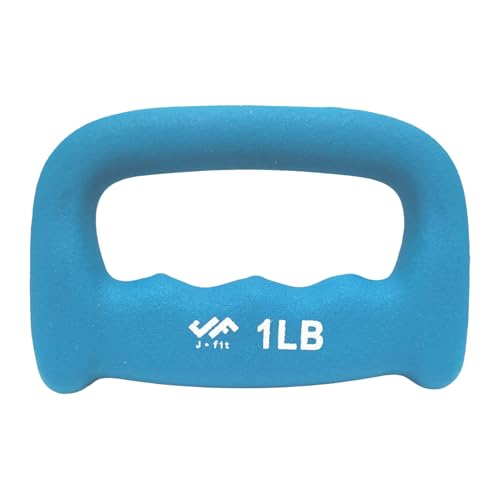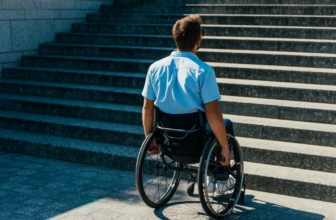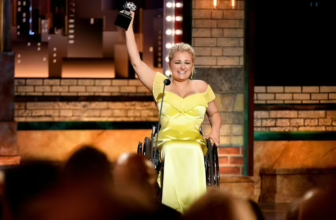If you live with a physical disability or chronic illness, it can be more challenging to stay fit and active. Here are some ideas from our peer expert community of people with disabilities to stay healthy and up your fitness game.
Find the Right Exercise Routine for You
When you have a disability, you'll need to get creative to develop an exercise routine that fits your specific needs. For instance, if you are in a wheelchair, consider exercises that focus on upper body strength and endurance.
Try resistance bands and weight training to build muscle mass. If you don't have much grip strength, use hand weights with straps so you can focus on building strength and not worry about the weight flying out of your hand or dropping it on your toe.
Use Adaptive Equipment
Thankfully, many companies now produce adaptive equipment that is designed specifically for people with disabilities, such as modified yoga blocks for those lacking arm strength and pedal exercisers for those who cannot stand for extended periods.
Explore Water Workouts
Exercising in water can be beneficial for people with certain disabilities. The buoyancy provides a low-impact environment that eases joint pressure, while still providing resistance to help build muscle, which means water workouts are great for strength training, aerobic fitness, and relaxation.
Consider Dance and Movement Therapy
Dance is a powerful form of exercise that uses music and movement to improve physical fitness while also promoting emotional expression. Even if you have limited mobility, dance therapy can be adapted to enhance flexibility, coordination, balance, and strength. So, you may want to consider this fun and active option.
Participate in Adaptive Sports
Adaptive sports are tailored to accommodate individuals with various disabilities. So, by participating, you can enjoy the thrill of competition and camaraderie with others facing similar challenges.
Recreational sports such as wheelchair basketball, quad rugby, racing or hand cycling, adaptive skiing, and sailing offer vigorous workouts to help you stay fit and active. Move United has a directory of adaptive sports so you can find out what's available in your local area.
Incorporate Fitness Into Routine Everyday Activities
Staying fit and active does not mean only engaging in structured workout sessions. Everyday activities can help you stay healthy and fit, too.
Simple tasks like doing laundry, cleaning around the home, or gardening are all opportunities to burn calories, improve your muscle strength, and enhance your endurance incrementally over time.
Practice Breathing Exercises and Meditation
Breathing exercises and meditation might not seem as physically engaging as cycling or weightlifting but they play a significant role in overall fitness.
These practices foster better breath control, reduced stress levels, and increased body awareness; helping to create a clearer mind-body connection.
Try Massage and Physical Therapy
Depending on the nature of your disability, massage, and physical therapy might be beneficial for preventing injury and improving flexibility over time. For instance, therapists who are knowledgeable in working with people with disabilities can help design stretching programs that improve joint mobility, enhance circulation, and relieve muscle tension.
Leverage Technology
Plenty of mobile apps offer guided workouts designed explicitly for people with disabilities. Plus, many online platforms stream adaptive fitness classes right into the comfort of your own home.
So, by leveraging technology in this way, staying active suddenly becomes less intimidating and much more convenient and accessible.
Benefit from Public Facilities
Many public gyms, community centers, and parks offer accessible facilities for members with disabilities. For instance, some gyms have special equipment designed for wheelchair users or those with reduced mobility.
So, before going to the gym, it is a good idea to call ahead and ask about accessible facilities. You can then plan your workout routine accordingly.
You will also want to choose a gym that is close to you and has hours that suit you. So, it could be best to go with a well-known gym chain that has facilities in many different locations, such as Anytime Fitness.
Prioritize Your Mental Health
Physical activity is not just about maintaining a healthy body; it also helps you maintain optimal mental health. Exercise may help reduce feelings of anxiety, depression, and stress by boosting levels of endorphins, which are your body’s natural feel-good chemicals.
Activities like yoga or simple stretching exercises at home can release the tension that is held in the body, while deep breathing promotes calmness and relaxation.
Coffee junkie. Spoonie. Writer about all things chronic illness and mental health. Friend of animals everywhere.

















